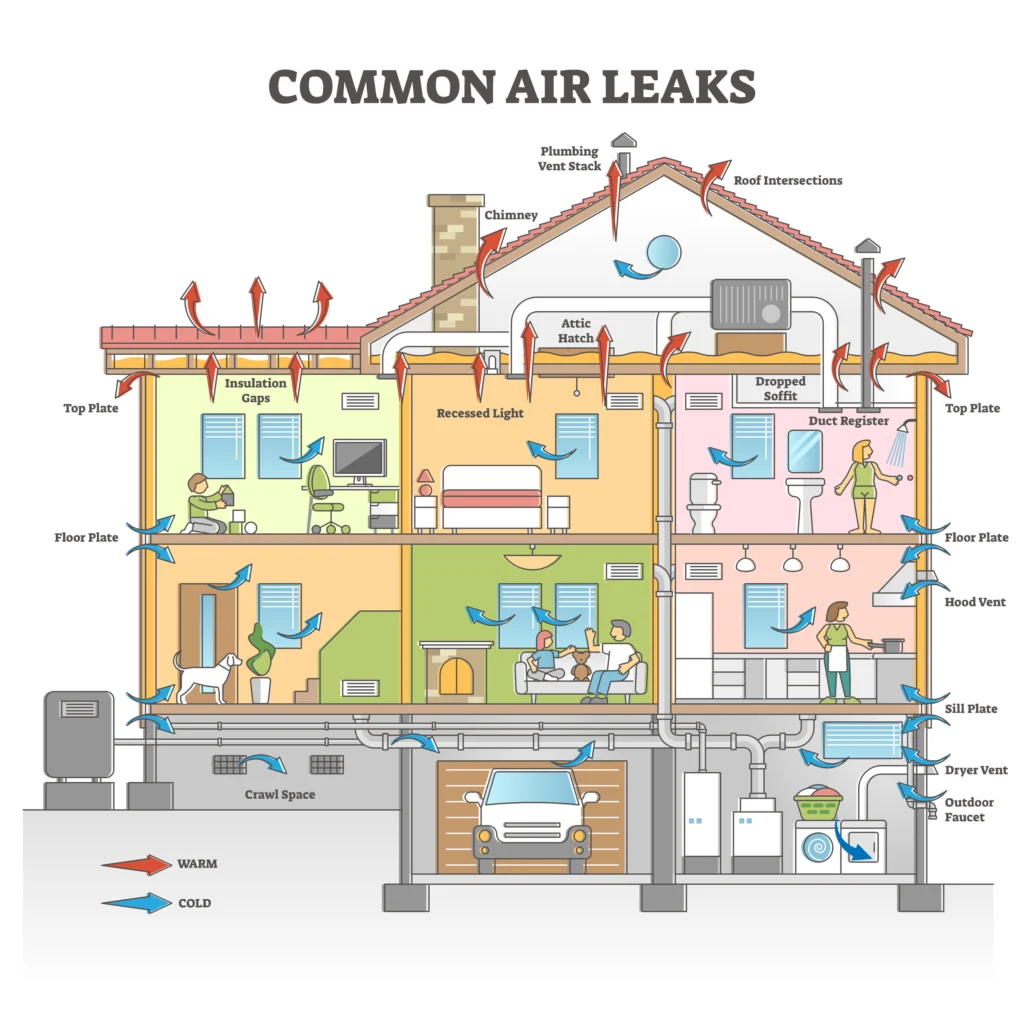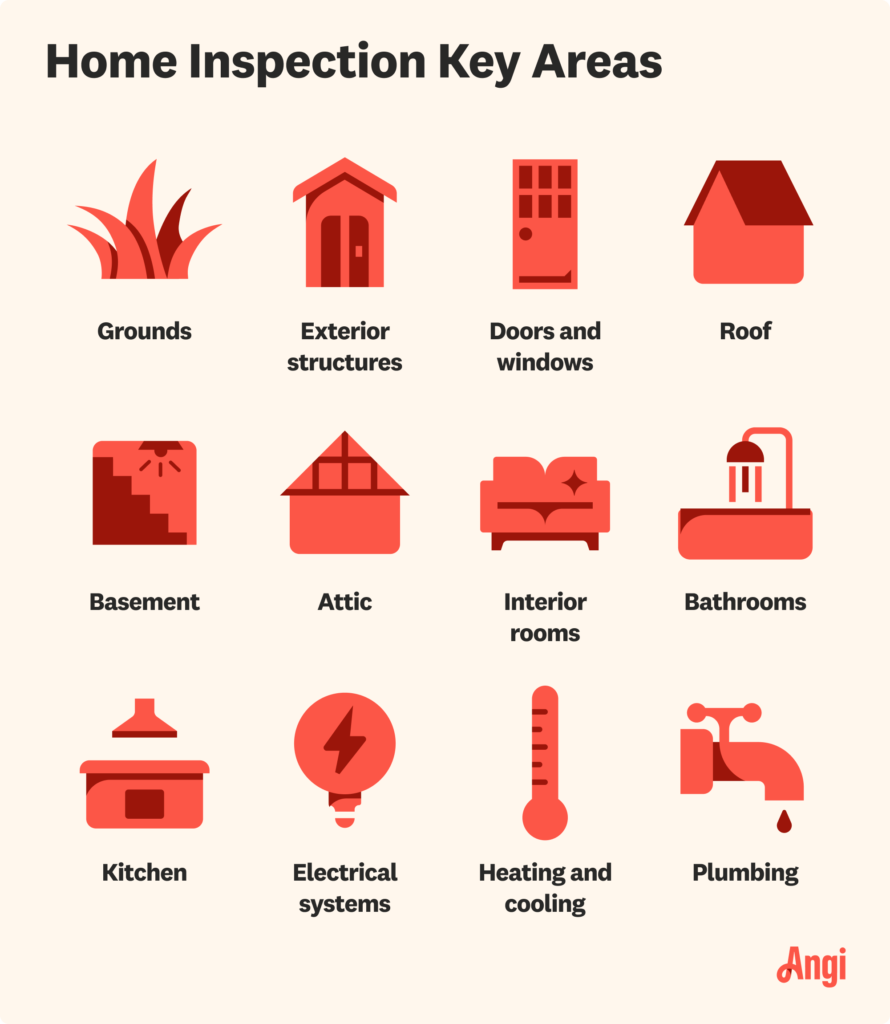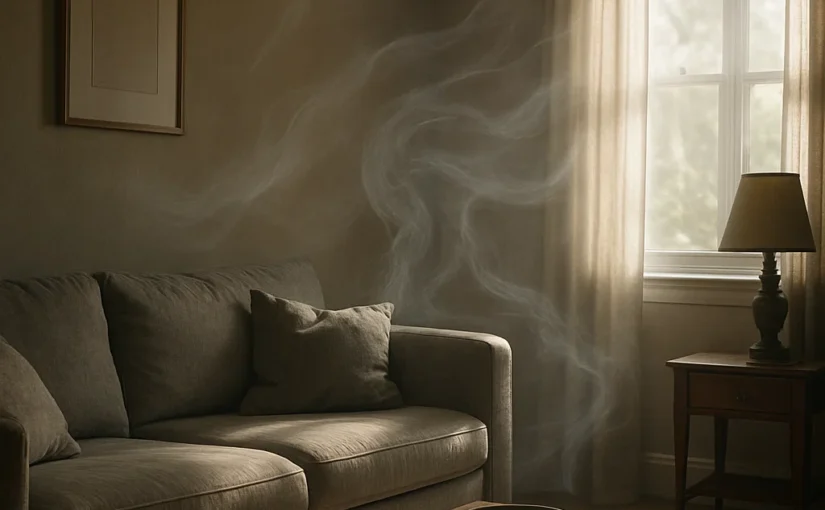Table of Contents
Random Smell of Cigarette Smoke in a Non-Smoking House
It’s unsettling to catch a strong cigarette smell in a home where nobody smokes. The odor often seems to appear out of nowhere—one room smells fine, then suddenly a hallway or bedroom smells like someone just lit up outside.
You’re not imagining it. Smoke residue and odor molecules can travel through tiny openings, shared structures, and pressure changes in your home. Below is how to locate the source and stop the smell for good.

Common Reasons You Smell Smoke Even Though No One Smokes
The biggest clue is that **cigarette odor travels with air movement**. If the air shifts, the odor shows up; when airflow stops, the smell fades.
Here are the most common causes:
1. Air Leaks Pulling Odor Into Your Home
Small air pathways allow a surprising amount of odor to enter your home. These leaks often occur around:
- Attic access doors
- Electrical outlets on shared walls
- Baseboards and trim
- Gaps around ductwork
- Cracks around windows and doors
**Mini-case example:**
A reader told me her guest bedroom smelled like smoke only on windy days. The culprit ended up being a tiny gap in the attic knee wall. Once sealed with foam, the smell never returned.
2. HVAC System Pulling Odors From Another Area
Your **return vents** might be pulling smoky air from:
– A neighbor’s outdoor smoker
– A garage where someone smoked months earlier
– An attic that contains old smoke residue
– The crawlspace if air pathways lead upward
If the odor disappears when the HVAC fan turns off, this is a strong sign.
3. Residual Smoke From Previous Homeowners
Even if the home hasn’t been smoked in for years, **thirdhand smoke** can live inside:
– Wall cavities
– Insulation
– Duct lining
– Carpeting or padding
– Old furniture you brought in
When the HVAC heats or cools the walls, odor can release into the living space.
4. Shared Walls or Apartments
If you share a wall with another unit, cigarette odor often travels through:
– Plumbing chases
– Electrical boxes
– Joist cavities
– Return ducts
– Exhaust fan gaps
Smoke molecules are extremely small and easily travel between units.

How to Track Down the Source
Here’s a simple, calm checklist to pinpoint where the smell is coming from:
- Turn off the HVAC and notice if the smell weakens
- Walk the perimeter of each room and smell near outlets and baseboards
- Check attic and crawlspace air for odor strength
- Inspect return vents for drafts or gaps
- Test windows and doors on windy days
**Mini-case example:**
One homeowner found the smoke smell only appeared when their dryer vent ran. It was pulling outside smoky air through an unsealed HVAC chase.
Helpful Products That Actually Fix This
These aren’t gimmicks—they’re products that solve the root causes.
1. Air Quality Monitors
Useful for tracking VOC spikes that follow odor movement.
Neutral examples: a Govee hygrometer, a Temtop indoor monitor, an Airthings unit.
2. Air Purifiers With Charcoal Filtration
Charcoal absorbs smoke molecules better than regular HEPA.
Neutral examples: a Levoit purifier, a Honeywell purifier, a Shark model.
3. Weatherstripping & Foam Sealant
Ideal for plugging odor entry points.
Neutral examples: Frost King weatherstripping, Duck brand seals, Great Stuff foam.
A Good Product: Under Door Draft Stopper by GroTheory
How to Stop the Smell for Good
Once you identify the pathway, the fix is usually simple:
– Seal attic or crawlspace air leaks
– Tighten return duct connections
– Add fresh charcoal filtration
– Replace old carpet padding if smoke is trapped
– Use foam around wall penetrations
Most homeowners find that **one or two fixes** completely eliminate the random cigarette smell.
Wrap-up: A sudden smoke odor doesn’t mean someone is secretly smoking—it’s almost always airflow. By tracking when the smell appears, feeling for drafts, and sealing the pathways, you can stop the odor at its source and keep your home smelling clean and normal again.





